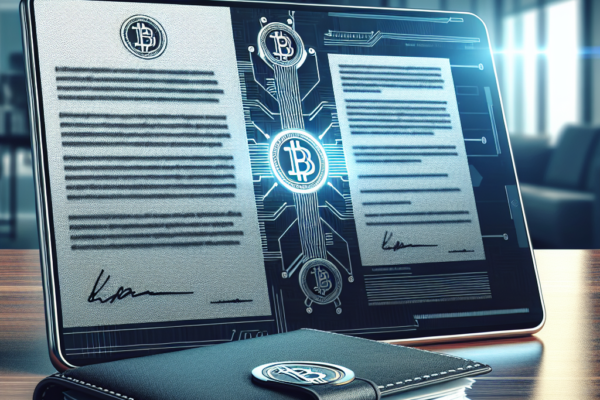US Recession Odds Rise to Over 61% for 2025, Says Kalshi
As the economic landscape continues to evolve, concerns about a potential recession have become a focal point for economists and investors alike. Recently, Kalshi—a company specializing in prediction markets—reported that the odds of a recession occurring in the United States by 2025 have climbed to over 61%. This marks a significant increase in the perceived risk of an economic downturn and raises important questions about what this could mean for various sectors and individuals across the country.
Understanding Kalshi’s Prediction Markets
Kalshi, a regulated exchange, allows users to trade on the outcome of future events, providing a unique lens through which to gauge market sentiment. The company’s platform has gained traction in the financial community, as it offers insights based on actual market predictions rather than abstract economic analyses.
By analyzing betting odds on potential economic events, Kalshi has captured the collective sentiment of investors regarding the U.S. economy. According to their latest data, over 61% of participants anticipate that the country will enter a recession by 2025.
What Factors Contribute to Increasing Recession Odds?
Several key factors contribute to the rising odds of a U.S. recession, encompassing both external and internal economic pressures:
1. Inflationary Pressures
The U.S. has been grappling with persistent inflation that has affected purchasing power and consumer confidence. Price increases on essentials—ranging from food to energy—have strained household budgets, making it challenging for consumers to maintain spending levels.
2. Rising Interest Rates
In combatting inflation, the Federal Reserve has implemented a strategy of increasing interest rates. While this is intended to cool off the economy, higher rates can stifle economic growth by making borrowing more expensive for businesses and consumers alike.
3. Supply Chain Disruptions
Ongoing supply chain issues continue to plague global markets, projecting uncertainty and contributing to inflation. As businesses face delays and increased costs, their ability to meet consumer demand is hampered, which can lead to reduced economic activity.
4. Labor Market Dynamics
Even though the job market has shown resilience, signs of a cooling labor market are becoming more evident. Hiring freezes, layoffs, and rising unemployment rates can have a cascading effect on consumer spending, potentially pushing the economy into recession.
5. Geopolitical Tensions
Global instability arising from geopolitical events—such as conflicts or trade disputes—can create ripple effects throughout the economy. These tensions often lead to market volatility and uncertainty, which can further dampen economic growth prospects.
The Potential Impact of a Recession
Should the U.S. fall into a recession by 2025, various sectors and demographics could experience profound changes. Here, we explore the potential impact:
1. Job Market Fluctuations
Recessions generally lead to upticks in unemployment rates as companies reduce their workforce to cut costs. Industries such as construction, manufacturing, and retail could be particularly hard hit, resulting in diminished job security for many workers.
2. Consumer Spending Reduction
In times of economic uncertainty, consumers often tighten their spending. When households experience income insecurity, they may opt for essential purchases only, indirectly impacting businesses dependent on discretionary spending.
3. Investment Opportunities
Market downturns can create buying opportunities for savvy investors. Historically, recessions have allowed investors to acquire quality assets at lower prices, potentially positioning themselves for gains when the economy rebounds.
4. Federal Policy Adjustments
In response to worsening economic conditions, government entities may implement fiscal policies, such as stimulus packages aimed at boosting spending and investment. This continual interplay between the government and the economy becomes crucial during periods of downward momentum.
How Can Individuals Prepare for a Possible Recession?
In light of Kalshi’s predictions and the prevailing economic climate, individuals can take several proactive steps to brace themselves for a potential recession:
Concluding Thoughts
The rise of recession odds to over 61% for 2025, as reported by Kalshi, casts a shadow over the U.S. economy’s near-term outlook. While several factors contribute to these increasing probabilities, individuals and businesses can prepare themselves proactively for uncertain times.
By maintaining a clear understanding of their financial circumstances and adapting to the landscape, they place themselves in a better position to navigate any potential downturn. The coming years may be filled with challenges, but they also hold opportunities for those equipped to act thoughtfully and strategically. Whether the U.S. does indeed face a recession by 2025 remains to be seen, but staying vigilant and informed is essential in today’s economic climate.




